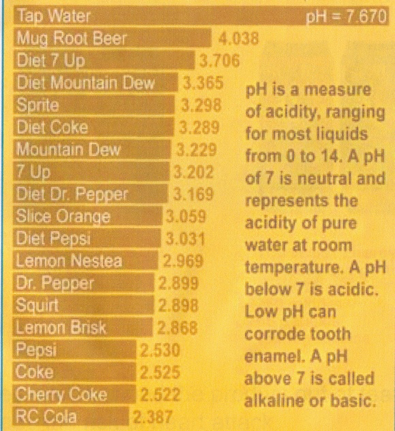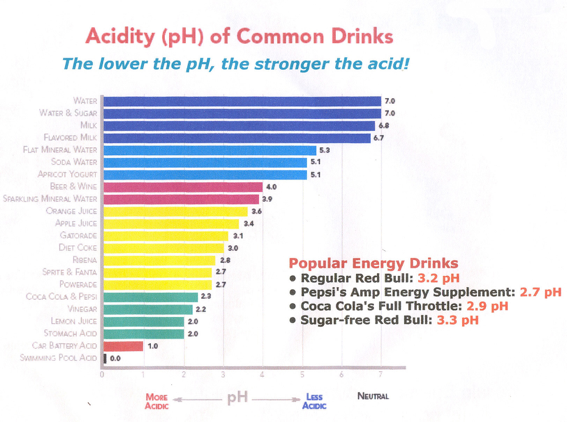Tooth Decay on the Rise
by Dr. McBride | Date Published: 2017-02-11 | Download PDF ![]()
It cannot be denied that tooth decay was on the decline during the 70’s and 80’s, but it is on the rise again. A review of literature on this subject seems to provide answers as to why this is occurring. A main factor in this increase in tooth decay is the amount of acid and sugar in many of the products that are consumed these days and the rise of tooth decay comes as no surprise.
In our office, we believe that diagnosis is key to prevention and treatment. For instance, we have diagnostic protocols for assessing bite related tooth wear and head and neck pain, as well as several methods of testing the extent of a patient’s periodontal disease, which can vary considerably from person to person.
We also have a diagnostic protocol for evaluating one’s tendency to have decay. There are several diagnostic tests available, but one of the simplest is to determine the degree of acidity of one’s saliva. The more acidic, or lower pH of the saliva, the more chance for the decay process to occur. Decay promoting bacteria don’t have a chance in saliva that is not acidic, or basic in nature, having a high PH factor. Knowing this, we can change the nature of one’s saliva from a low PH to one that is not conducive to decay activity. There are several ways to do this:
- modification of types of beverages and foods that may be acidic in nature (see chart below)
- application of calcium and phosphate substances to the teeth. This not only replenishes the minerals lost from the decay process, but helps change the PH of the saliva
- using xylitol rinses and chewing gum
- arginine containing mouth rinses.
Our mouths are as unique as we are as individuals, therefore “one size does not fit all.” when it comes to any dental preventive or treatment services.



